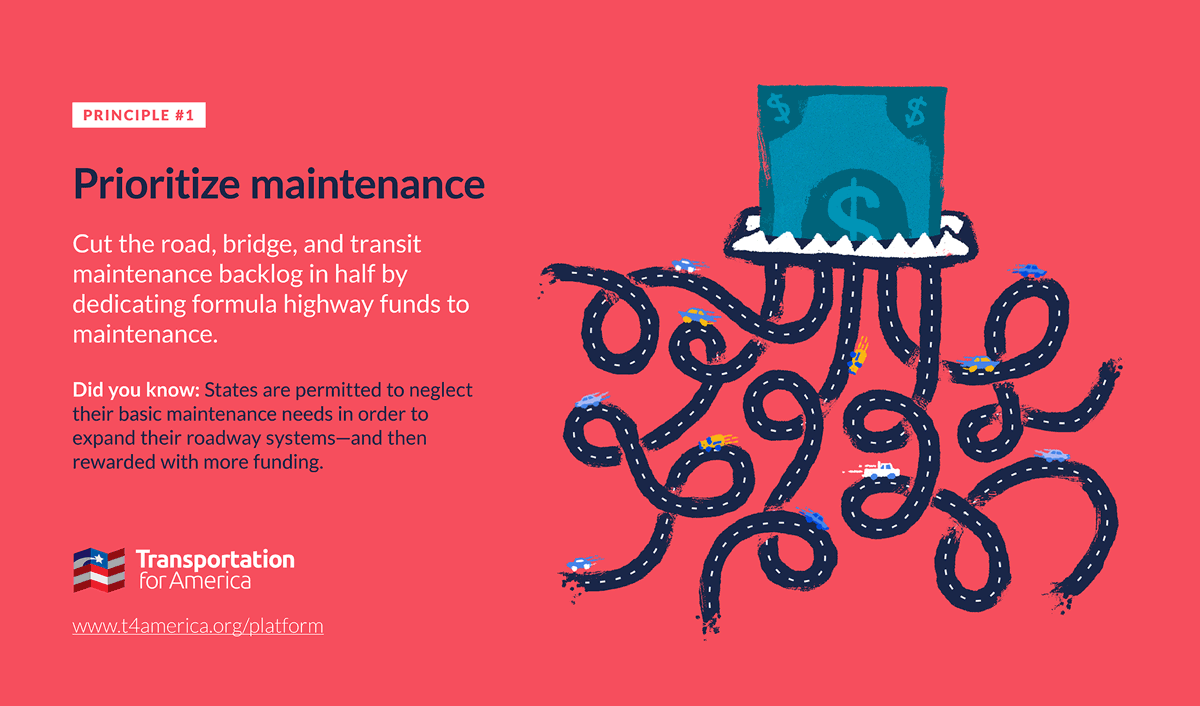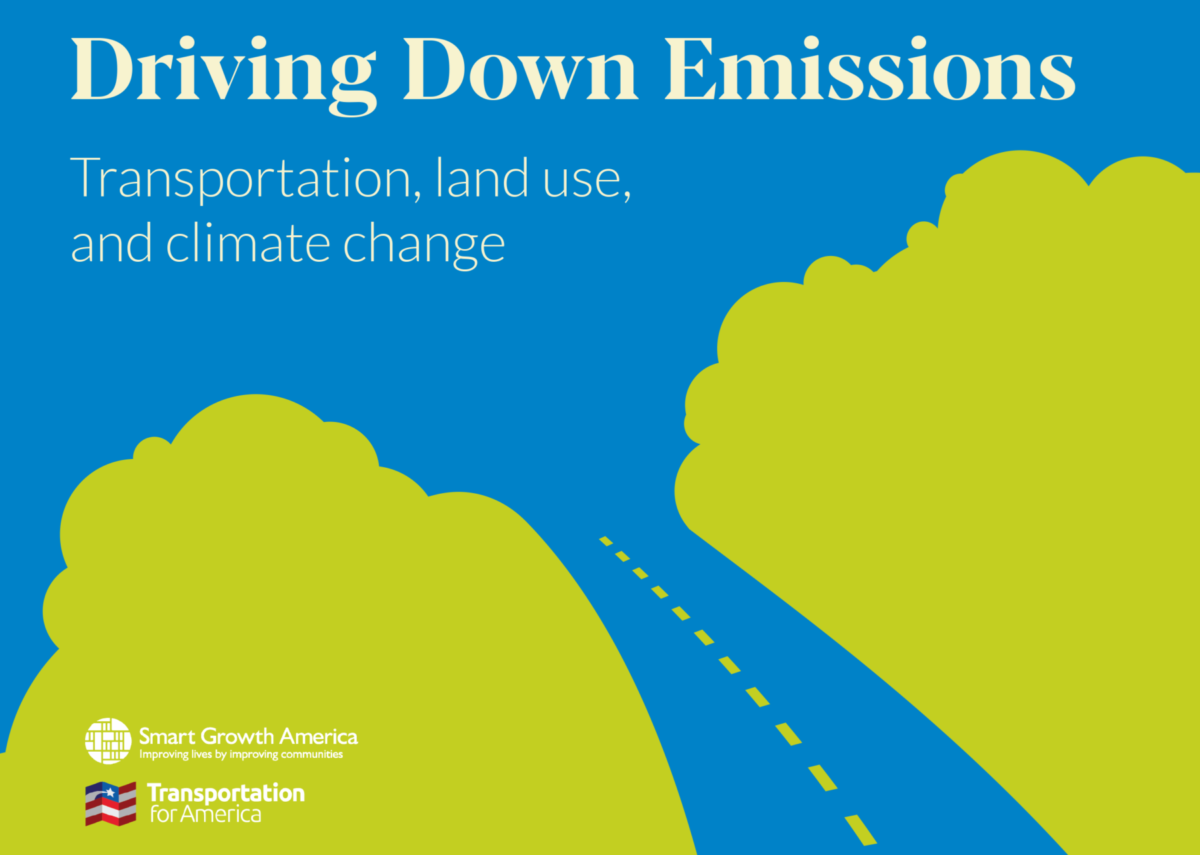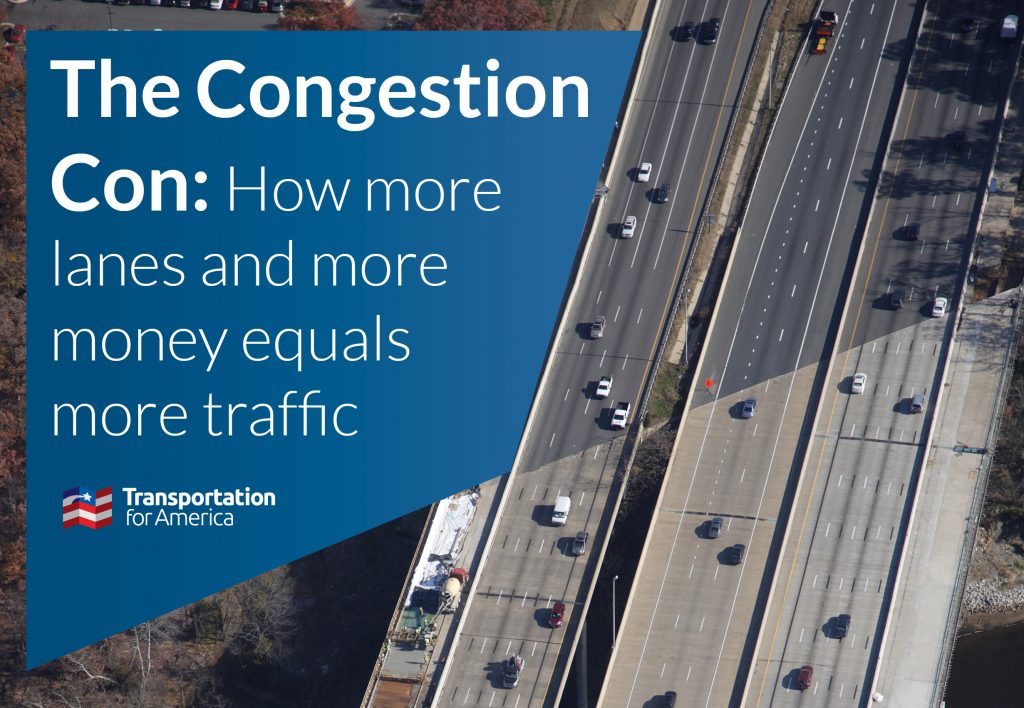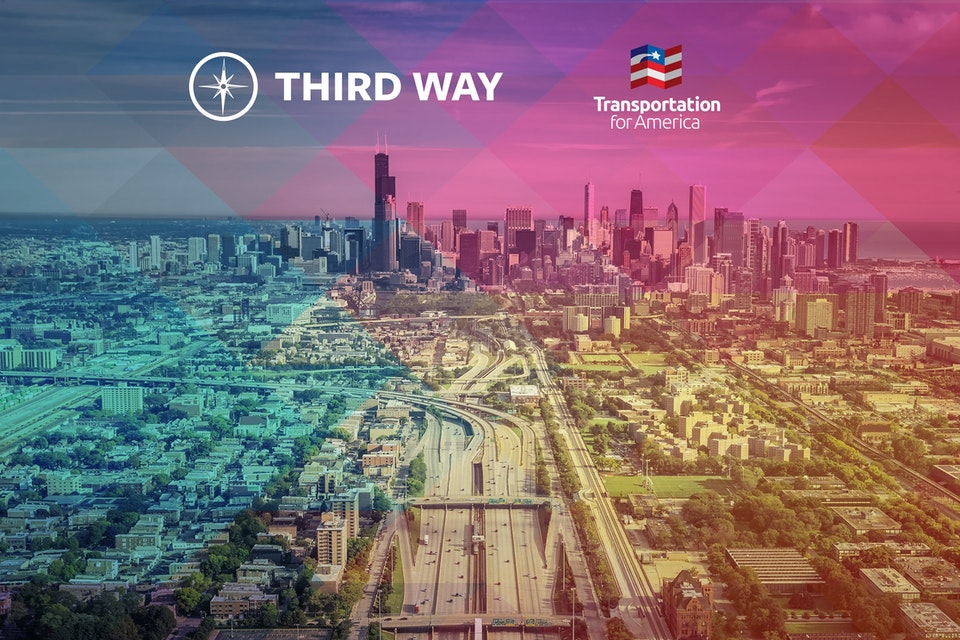Posts Tagged "Downtown"
Seattle making smart decisions today to continue their city’s renaissance tomorrow
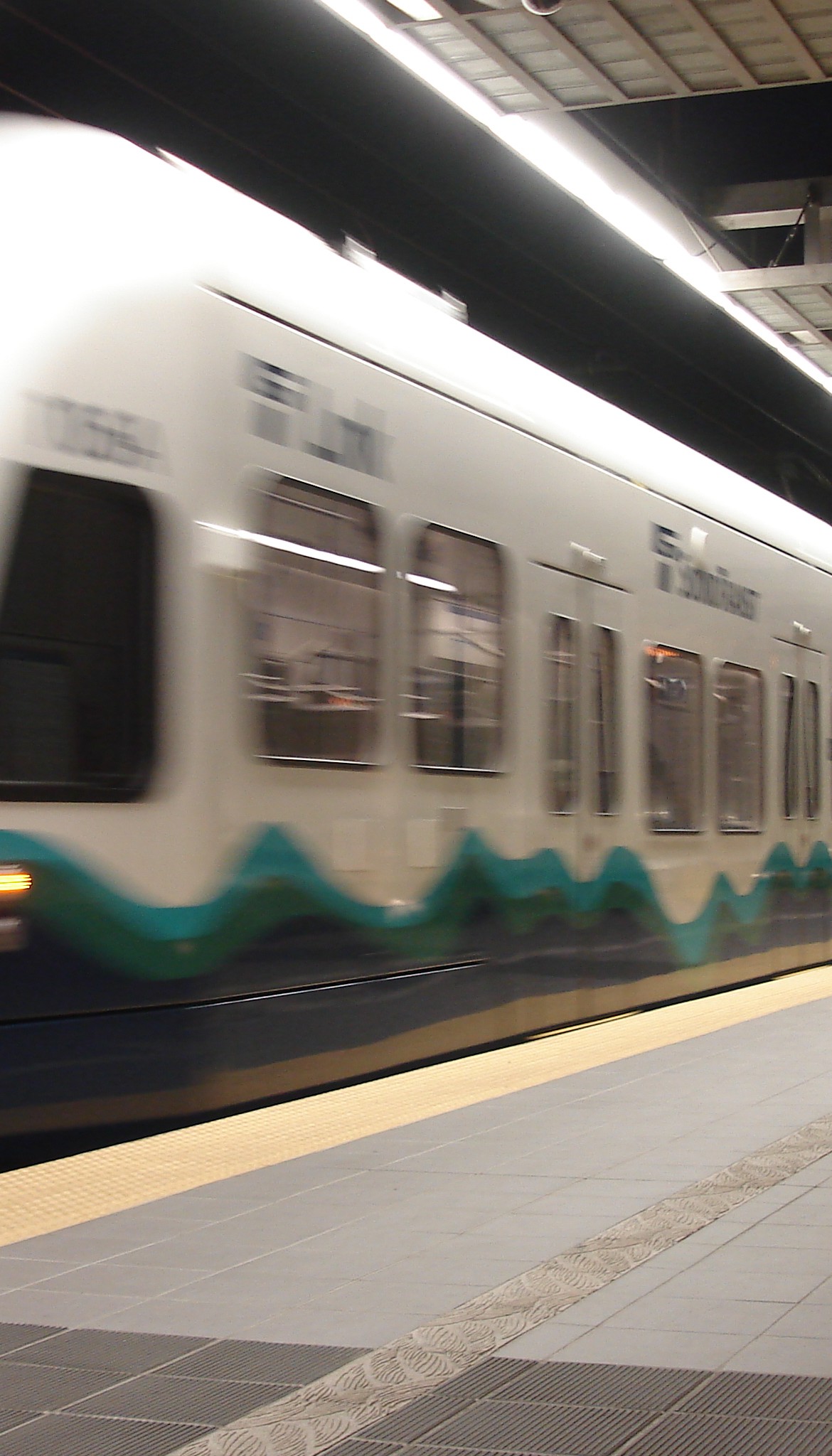
Downtown Seattle has become the hot place in the region for companies to locate as employment and growth has accelerated to new highs over the last decade, but limited space downtown could stymie job growth and economic potential if Seattle doesn’t think differently about transportation.
New Smart Growth America report details why so many companies are moving downtown
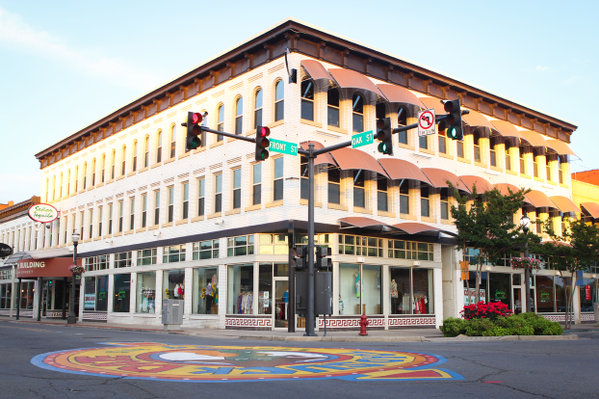
Launched at a terrific event at Washington, DC’s Newseum just this morning, Core Values, this first-of-its-kind report is stuffed with useful data on nearly 500 companies that have decided to either move from the suburbs to a downtown location, or that have decided to expand or open a new branch in a downtown core.





